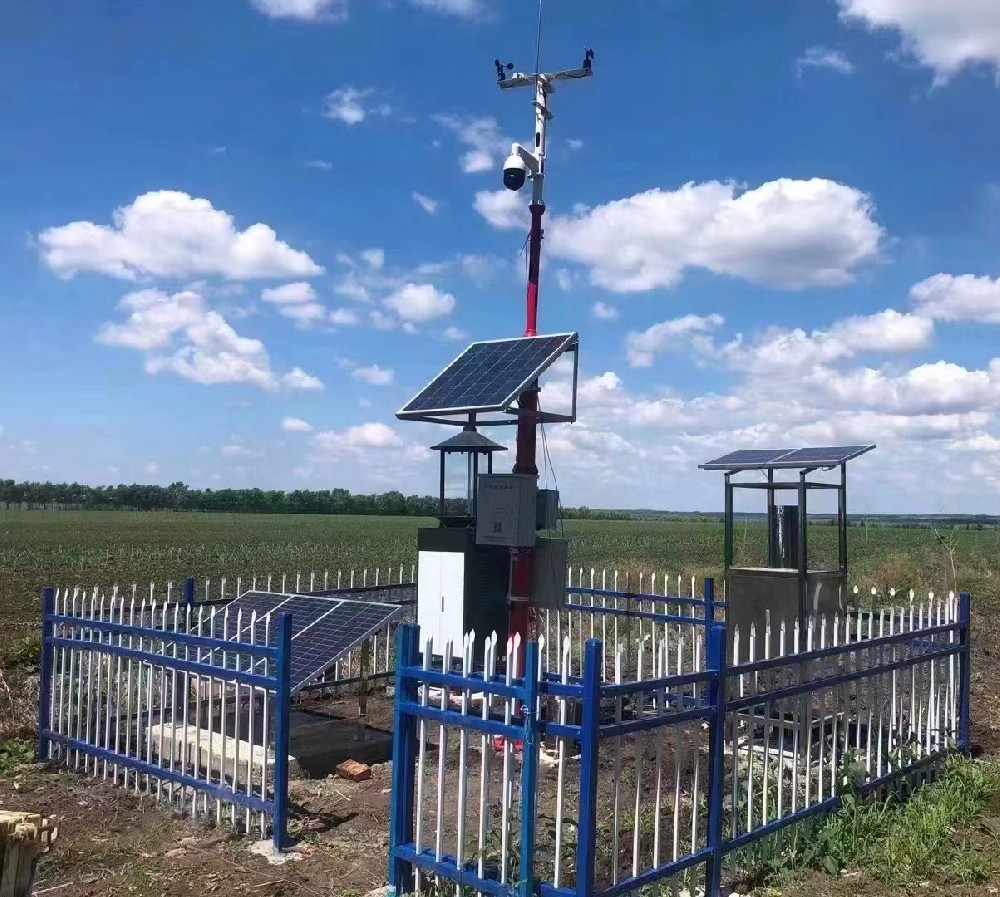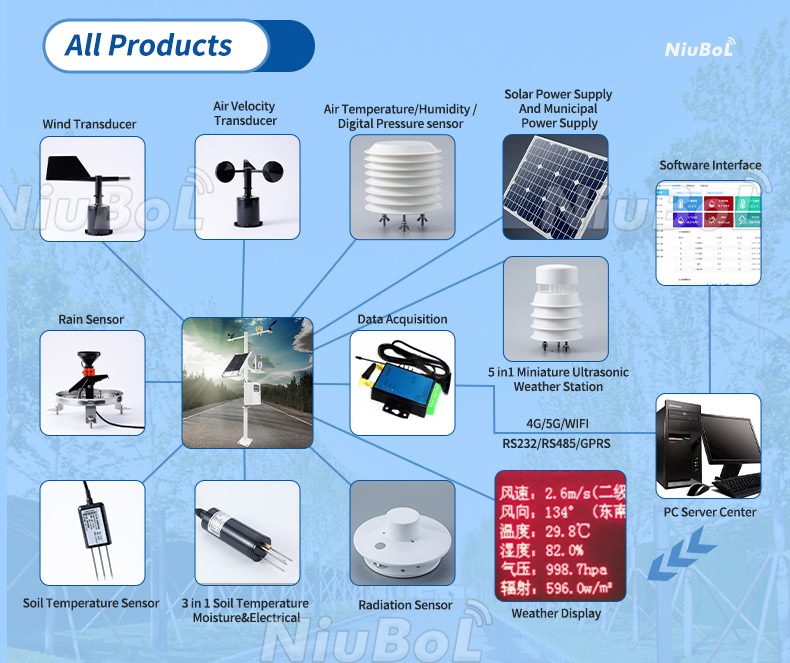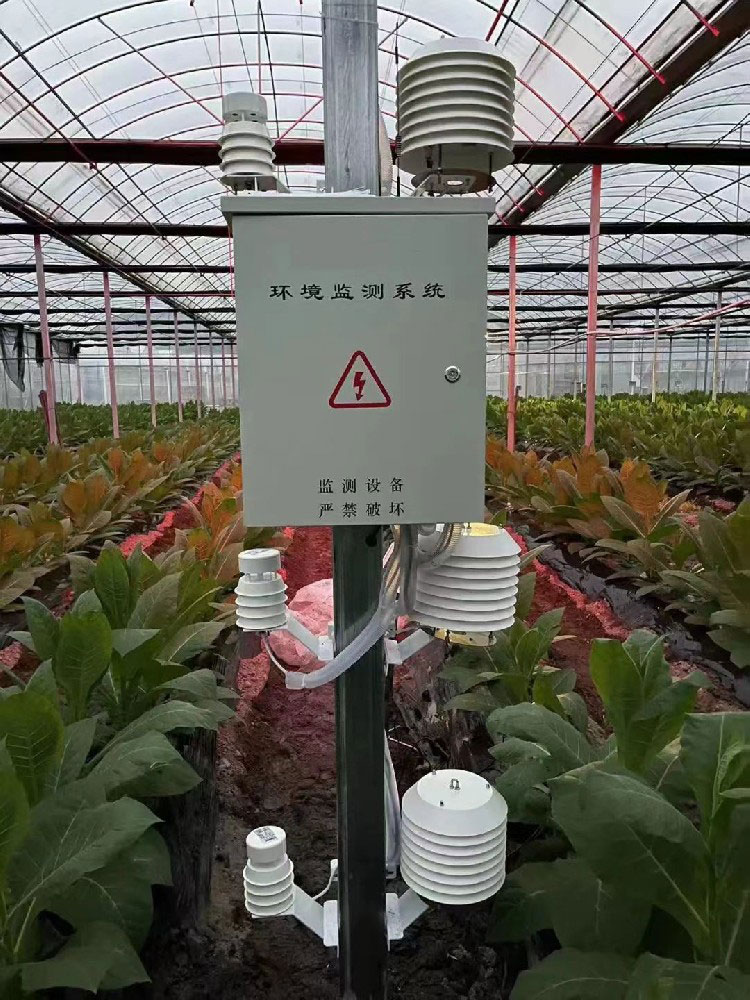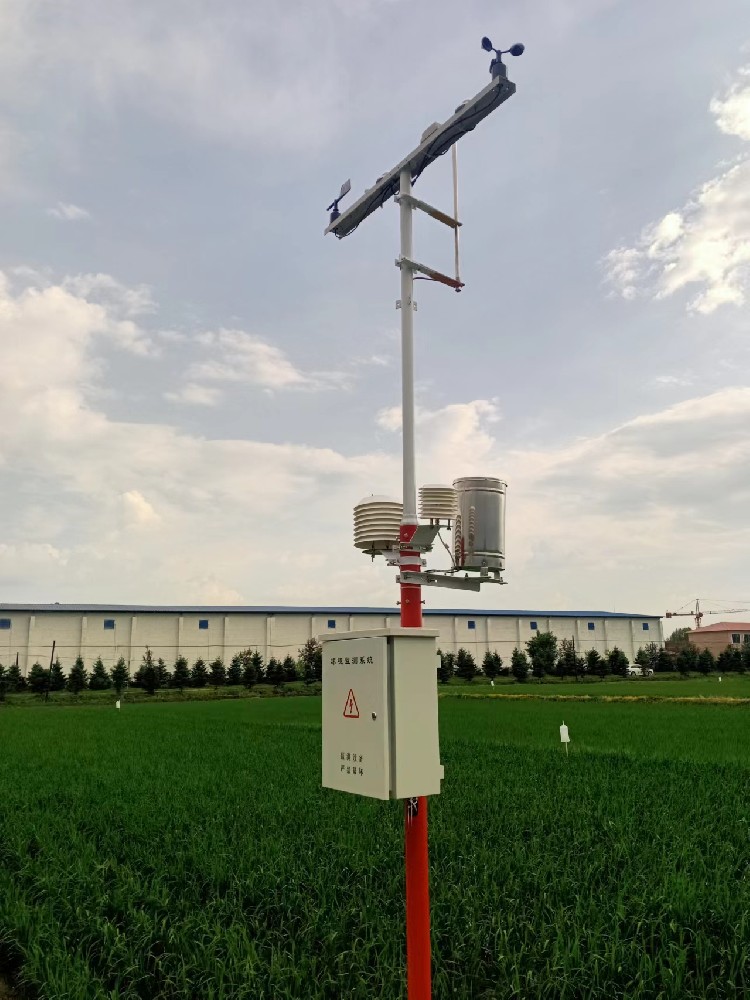

— Blogs —
—Products—
 Consumer hotline +8618073152920
Consumer hotline +8618073152920 WhatsApp:+8615367865107
Address:Room 102, District D, Houhu Industrial Park, Yuelu District, Changsha City, Hunan Province, China
Product knowledge
Time:2025-10-21 15:48:14 Popularity:337
IoT agriculture sensors are devices that use Internet of Things (IoT) technology to achieve real-time collection, storage, and transmission of agricultural environmental parameters, helping farm managers and agricultural enterprises make scientific decisions.
- Precise monitoring of soil and weather parameters
- Data collection and cloud upload
- Intelligent analysis and alerts
- Integration with automated agricultural systems

Soil sensors: Moisture, temperature and humidity, pH, electrical conductivity (EC) sensors
Weather sensors: Air temperature and humidity, wind speed and direction, rainfall, light, solar radiation sensors
Integrated weather station sensors: Multi-sensor integration for real-time collection of comprehensive environmental data
LoRa wireless: Long-range, low-power, suitable for large fields or remote areas
Wi-Fi/4G/5G: Real-time upload, suitable for areas with network coverage
Wired interfaces (RS485/Modbus): Industrial-grade stability and reliability
Data can be uploaded to data loggers or cloud platforms, supporting remote access and historical analysis
Soil sensors are inserted directly into the root zone
Weather sensors need to be installed in open areas
Most devices support plug-and-play design
Cloud platforms or local software provide visual configuration guides
Waterproof and dustproof, with common protection ratings of IP65 or higher
Stable operation in high temperatures, low temperatures, strong winds, and rain/snow
Industrial-grade design ensures long-term data reliability

Accuracy of ±1~3%, with some high-end models even higher
Long-term data trend analysis to ensure data reliability
Supports protocols such as Modbus, RS485, 4-20mA, LoRa, etc.
Can integrate with smart irrigation systems, greenhouse control platforms, and agricultural management software
Supports secondary development and system integration
Supports solar power, built-in high-capacity batteries, or external power sources
Low-power design ensures long-term operation in remote deployments
Data transmission encryption, supporting secure protocols like HTTPS and MQTT
Cloud platforms provide permission management and data backups
Prevents data loss and unauthorized access
Industrial-grade sensors last 3~5 years, with high-end models up to 7 years
Low maintenance costs; regular cleaning and inspections suffice
Cloud platforms enable remote monitoring of device status for early maintenance alerts
Initial costs include sensors, data loggers, and installation fees
Long-term value lies in water and fertilizer savings, increased yields, and reduced labor
Choosing industrial-grade durable sensors and cloud-supported data management systems offers higher cost-effectiveness

Data can integrate with smart irrigation, greenhouse control, and fertilization systems
Cloud platforms provide alerts and trend analysis
Enables data-driven precision agriculture
Core functions: Continuous collection of sensor data
Storage: Local or cloud-based long-term storage
Transmission: Remote access and analysis
Alerts: Threshold alarms and automated control
Analysis: Supports historical trends and intelligent decision-making
Suitable for small family farms to large-scale operations, with flexible deployment options.
Industrial-grade models need calibration once a year or every two years.
Yes, supports real-time access via cloud platforms and mobile apps.
3~5 years for industrial-grade, up to 7 years for high-end models.
Yes, enabling automated irrigation and intelligent management.

Absolutely, with solar power + LoRa/Wi-Fi/4G networks for remote monitoring.
Maintenance is simple; regular cleaning and status checks are sufficient.
Supports encrypted transmission, cloud backups, and permission management to prevent leaks.
Yes, multi-channel data loggers and modular designs support expansion.
Typically 1~2 years through water/fertilizer savings and yield improvements.
NiuBoL provides complete agricultural IoT solutions:
- Multi-type sensors covering soil, weather, light, and rainfall
- Real-time data transmission via LoRa/4G/Wi-Fi
- Cloud platform for real-time monitoring, data analysis, and report exports
- Industrial-grade design: Weather-resistant, waterproof, and dustproof
- Professional technical support and customized services
IoT agriculture sensors are core tools in modern smart agriculture, helping farms achieve precise monitoring, data-driven decisions, and intelligent management.
NiuBoL's IoT agriculture sensors and cloud platform solutions cover the full process from data collection to intelligent analysis, building efficient and sustainable smart agriculture systems for farms and enterprises. Precision agriculture starts with reliable sensing—choose NiuBoL for a future harvest.
Related recommendations
Sensors & Weather Stations Catalog
Agriculture Sensors and Weather Stations Catalog-NiuBoL.pdf
Weather Stations Catalog-NiuBoL.pdf
Related products
 Combined air temperature and relative humidity sensor
Combined air temperature and relative humidity sensor Soil Moisture Temperature sensor for irrigation
Soil Moisture Temperature sensor for irrigation Soil pH sensor RS485 soil Testing instrument soil ph meter for agriculture
Soil pH sensor RS485 soil Testing instrument soil ph meter for agriculture Wind Speed sensor Output Modbus/RS485/Analog/0-5V/4-20mA
Wind Speed sensor Output Modbus/RS485/Analog/0-5V/4-20mA Tipping bucket rain gauge for weather monitoring auto rainfall sensor RS485/Outdoor/stainless steel
Tipping bucket rain gauge for weather monitoring auto rainfall sensor RS485/Outdoor/stainless steel Pyranometer Solar Radiation Sensor 4-20mA/RS485
Pyranometer Solar Radiation Sensor 4-20mA/RS485
Screenshot, WhatsApp to identify the QR code
WhatsApp number:+8615367865107
(Click on WhatsApp to copy and add friends)
